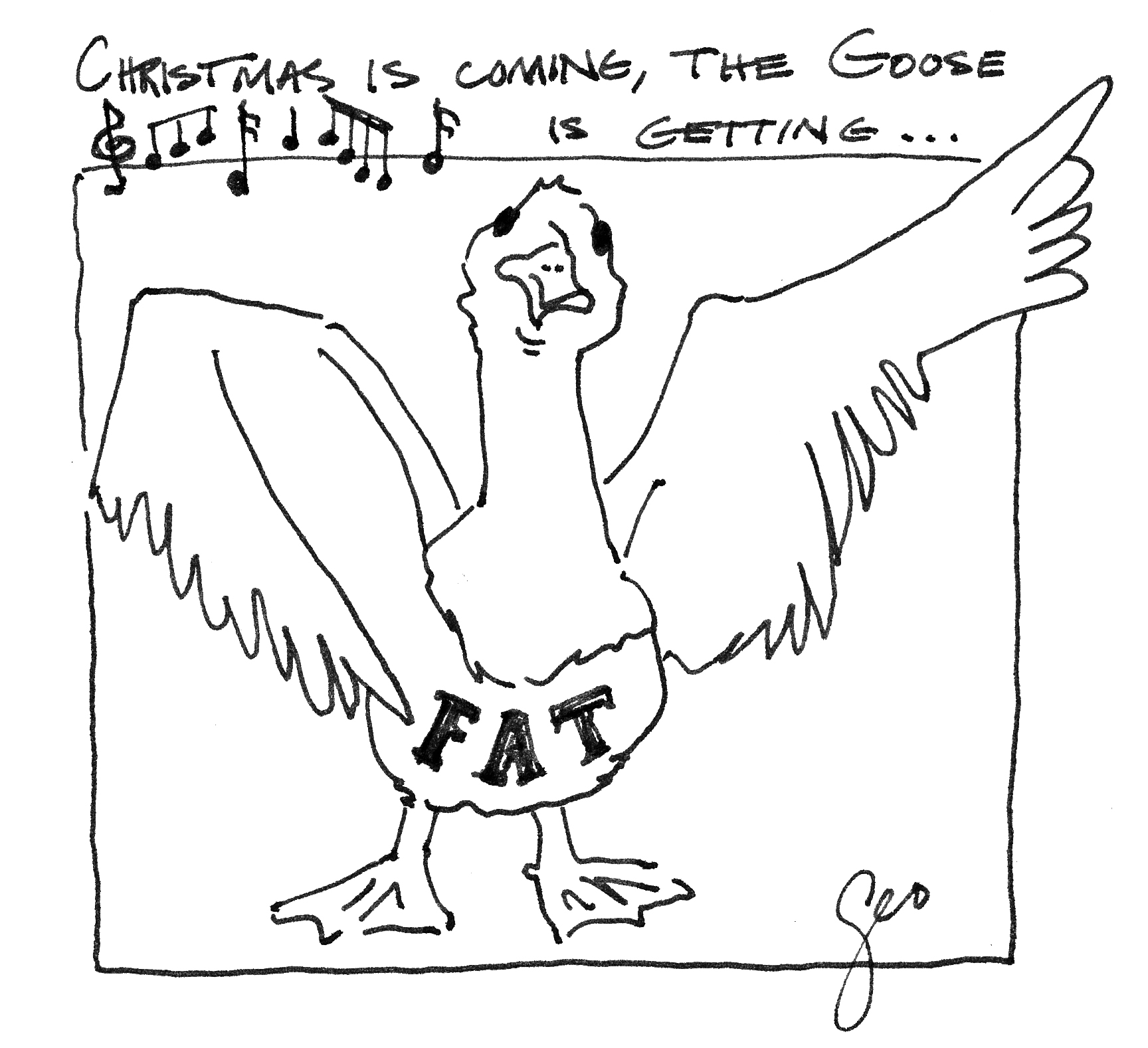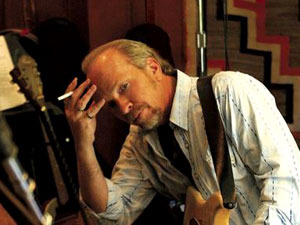Where to Look for Opportunities
When we start with the premise that consumers haven’t paid for content in the past, we gain visibility into new ideas that make sense for the digital era.
It’s not micro-payments alone that will save the future for professional quality media content. On the other hand, the idea that the consumer will always pay for distribution that massively over-serves their needs is not a foregone conclusion either. Paying $2500+ per year for cable/broadband/telephony/mobile in order to gain access to a million times more content than you could ever possibly need is not going to work out so well for the media industry either.
We need solutions that improve the relevance of content for individual consumers without expecting individual consumers to be able to predict exactly what they want. The Internet has exploded the supply of content but digital technologies have only just begun to filter and sample that content for the consumer in an effective manner.
Content providers who used to enjoy control over the method of distribution are feeling a lot of pain but their content remains vital and appealing to consumers. Rather than stomping our foot like Mr. Isaacson, it is better to focus on new solutions that tie content and distribution together in ways that create great consumer experiences.
We don’t know what the other side of this transformation will look like but we have guidance;
- Look at what the iPod did for music. Think about the critical role of sampling in the success of the micropayment model for songs.
- Look at the potential of what Kindle can do for print publications.
- Study the legacy of syndication that makes business partners of the content distributor and the content provider.
- Look at the popularity of expensive sets of DVDs for old TV episodes.
- Anticipate what the near-future DVR will be capable of doing.
- Think of what GPS will mean for the distribution of local and timely content.
- Think about what Twitter and search are doing to reveal the consumer’s need for specific content at precise moments in time.
It is time to think about distribution and content holistically. Digital technologies are not the enemy, they are an enormous opportunity to improve the relevance of content to the individual consumer. Don’t think so small as micropayments for one article at a time and don’t take for granted the current ability to charge a big fee for massively over-delivering irrelevant content. Look in the middle.
Somewhere in between asking the consumer to buy content “al a carte” and asking the consumer to pay for the whole menu, new “prix fixe” solutions are going to mature.
A Final Word from Our Sponsor
While we are at it, let’s not lose sight of the value of the advertising supported model. We are in the middle of a complex media transformation and a brutal recession. At times like this, pundits like Bob Garfield want to convince us that advertising is dead.
Advertising works. In the digital era, the consumer finds it very easy to ignore irrelevant advertising but they are quicker to engage with relevant advertising than ever before because the Internet makes engagement easy.
Be careful not to throw the baby out with the bath water in pursuit of the goal of getting the consumer to pay for the content. The advertiser remains happy to assume that role so long as we can offer a reasonably scaled and engaged audience. We just need to apply our new resources to help the advertiser better align their message with the right consumer at the right time.
Media companies can create new and better advertising values and it will still command a premium relative to the costs of distribution. Now that digital efficiencies have greatly reduced the cost of distribution, media companies need to look hard at the overhead that is a hangover from the analog era.
Some legacy media executives complain that they are trading analog dollars for digital pennies as advertising moves online. That is a valid concern so we can’t drag our feet when it comes to rethinking overhead costs from analog dollars to digital pennies as well.
We can reduce overhead, improve advertising value and find new consumer revenue models built on interesting combinations of content and distribution all at the same time. We need to be more disciplined about who the consumer is and what they really want as we build our new solutions, but the solutions are just waiting for the imaginations of new media moguls to find them.
via huffingtonpost.com
I excerpted this from an informative piece with sound thinking that I’d recommend to anyone creating content (word, video, music, etc.) for an audience. A few highlights:
#1. “We need solutions that improve the relevance of content for individual consumers without expecting individual consumers to be able to predict exactly what they want.”
#2. “Study the legacy of syndication that makes business partners of the content distributor and the content provider.”
#3. “Think about what Twitter and search are doing to reveal the consumer’s need for specific content at precise moments in time.”
4. “We need to be more disciplined about who the consumer is and what they really want as we build our new solutions, but the solutions are just waiting for the imaginations of new media moguls to find them.”
Like this:
Like Loading...














